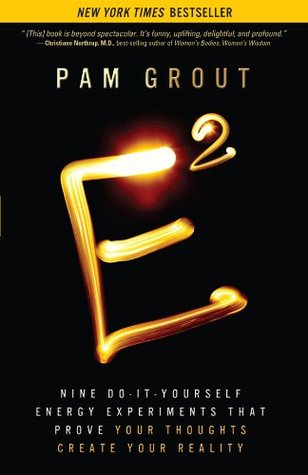More on this book
Community
Kindle Notes & Highlights
by
Pam Grout
Read between
March 17, 2015 - September 2, 2020
We’re like Pavlov’s dogs, simply reacting to patterns we picked up before we had the intelligence to wisely choose.
“If we worked on the assumption that what is accepted as true really is true, then there would be little hope for advance.” —ORVILLE WRIGHT, AMERICAN INVENTOR
The problem is, we all look at the world with a giant chip on our shoulder. All we need to do to change the course of our crummy lives is to get over our ongoing grudge against the world, to actively see and expect a different reality. As it is now, we devote all our time and attention (our consciousness, if you will) to things we do not want. But it’s nothing more than a bad habit. And like any bad habit, it can be changed with conscious and deliberate effort.
Turns out that almost all the concepts and judgments we take for granted are distortions. Very early on—say, sometime around birth—our minds establish a pattern of perception and then proceed to filter out everything else.
Our brains continually sift through the possibilities and pick which bits of information to “see” and believe. Out of sheer laziness, the stuff we choose to perceive—and make no mistake … it is a choice—is stuff we already know. It’s stuff we decided on way back when. We see, feel, taste, touch, and smell not the real world, but a drastically condensed version of the world, a version that our brains literally concoct. The rest zooms by without recognition. John Maunsell, a neuroscientist at Harvard University, says, “People imagine they’re seeing what’s really there, but they’re not.”


